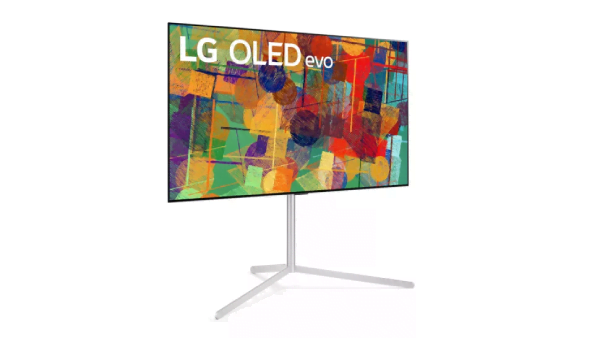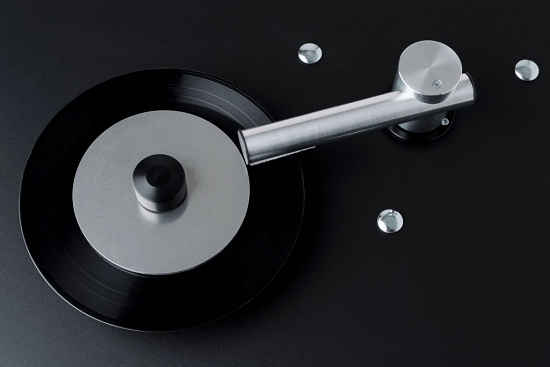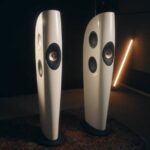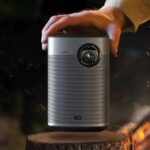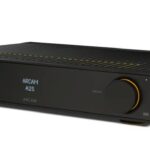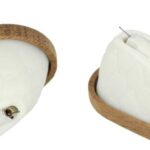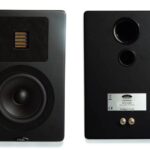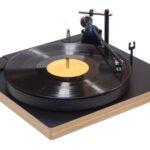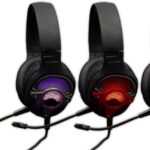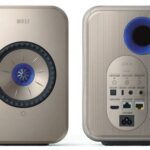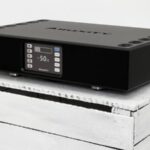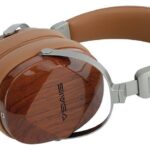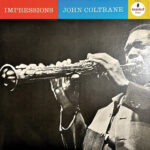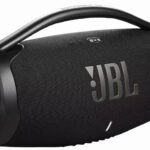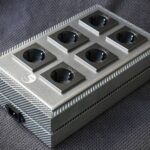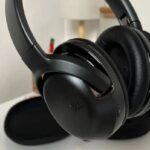X1 + 1 = X2. Or not?
At first, the X2 is a “heavier” version of the very successful X1, which – in part – is true. However, the Pro-Ject set goes a step further in the architecture on which it is based, and in the limits set in its price category.
The historian of Hi-Fi, who in the future will look at the “Pro-Ject” phenomenon, will have a lot to write, but the point will be this: The Austrian manufacturer did not just start the revolution for the return of the vinyl in 1991, but in various ways defines several aspects of the market in the way it designs and implements its products. The Pro-Ject series and all its vinyl-related machines have created such an ecosystem that it is virtually impossible not to find something that concerns you. Undoubtedly, a significant, personal, success of Heinz Lichtenegger, who, at some point, took the case of analogue audio on his back and best expressed a need for audiophiles, not particularly understood by the “cold” market.
If someone wants to see how analogue technology is evolving in a particular price range, the first thing to do is look at the corresponding Austrian product. In this case, if you want to see where the classic architecture has reached (platter / sub-plater, belt, modern engine) it is worth taking a closer look at the X2. Something we did and here is what we discovered.

The big X1 … is something else.
This is what the title symbolizes, and this is what really happens. The X2 seems to emphasize the greater mass and the suppression of mechanical noise, to the extent allowed by the absence of suspension in the chassis / sub-chassis. The adjustable mounting brackets are a combination of aluminum and synthetic rubber (TPE), which isolate the plate from the environment. The one-piece plinth of MDF 50mm operates like a base on which all the other parts are placed.
The X2 engine is being suspended from a belt, also made of TPE. This approach isolates the engine from the rest of the platter. However, the masses are mobilized on the set as well, in order to amortize things even more. The X2 uses a backrest, on which the strap is applied and a plate of translucent acrylic material, height 30mm and weight 2kg, which rotates on a stainless-steel bearing.
The motor is modern (this does not mean that it is new … it means that the rotation rate depends on the supply frequency) and it is controlled electronically. This presupposes the existence of an AC / AC converter, which converts the mains supply voltage into a continuous one and then creates a new clean waveform with selectable frequency, for the supply of the motor. Pro-Ject, for some reason does not explain this clearly, but based on its descriptions this is the method. The electronic adjustment concerns the 33/45 rpm. For 78 rpm, a change in the belt (a second, cylindrical one) and the diameter of the pulley are required.
The arm is a classic Pro-Ject. The stem is made of aluminium / carbon fiber sandwiches and has an active length of 9 inches. Its suspension is cardan, the reading power is adjusted with a calibrated and elastically suspended counterweight, while for anti-skating a thread counterweight is used. The arm offers azimuth and VTA settings.
The X2 is “packaged” with a 2M Silver mobile magnet cartridge from Ortofon. This is a special third-party version of Ortofon, which is based on 2M Red but uses silver-plated copper coils, such as 2M Bronze and Black. Although the user can choose to buy the X2 without a cartridge, the only reason to do so is if he already has, or intends, immediately, to buy a higher-class cartridge. Otherwise, the combination, along with the special, for connecting cartridges with phono, Connect It E cable, seems perfectly balanced and therefore a very good choice.
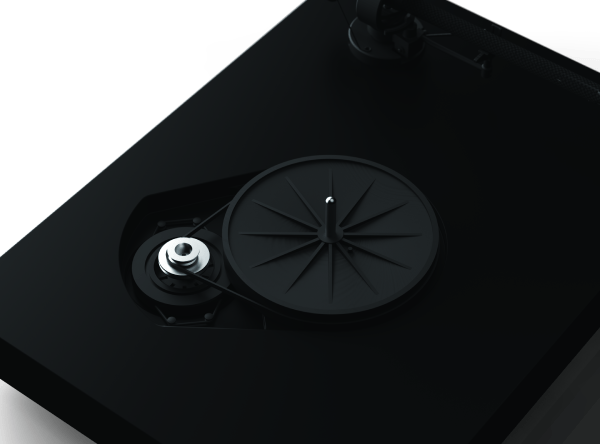
Perfect from the beginning!
The X2 is an enjoyable analogue source on all levels. Starting from the simplest and most obvious, it is very easy to use and frees, at least in the beginning, the user from difficult choices (which cartridge to put) and incomprehensible settings (what is the overhang?). You take it out of its box, and in a few minutes, you can listen to your first record.
Of course, the usability is the least. What will please you from the first moment is the sound effect. Pro-Ject’s choices when it comes to disconnecting from mechanical noise sources seem to be justified in practice, as the X2 is quiet and provides a solid base for both the disc and the tonearm / cartridge system. Ortofon accurately reads the groove and “brings out” a very attractive stereo image, with good width and many details (if the disc helps), which is clearly defined, stable and with good depth. The sense of stability that the X2 has, wins you over, as much as you need to start appreciating the other advantages of the package.
As for the low frequencies (which are mainly affected by the rotation system, if everything else is correct), what I heard was a combination of good range and very good low control. The X2 does not belong on the platforms that make the program low, an initially impressive behaviour that wears off relatively quickly when the listener discovers that it’s losing pulse and the ability to describe the details in the area. It sounds fast, with good filling and control, which gives a sense of flow to the rhythm and creates a very pleasant result in the area.
In the middle area, it has good resolution, bright and relaxed presence with very good detail description capabilities. Soloists, choirs and large groups of strings and wind instruments of the area are effortlessly described, of course, with a strong presence in the area. I think here we are dealing with the identity of 2M Silver and its match with the tonearm.
The cartridge is also responsible for high performance and the result has the seal of Ortofon and especially the 2M series. In other words, there was a good sense of extent, and the sound was pleasantly bright and relaxing, with good transient speed (thus rendering good microdynamics) with a slightly darker character, which emphasized presence and ensured that the set never sounded harsh or hard.
Τhe X2 is a very good demonstration of the capabilities of the Pro-Ject. It seems to exhaust the possibilities offered by this architecture and offers very good sound. If you add to this the very careful quality of construction, then you are facing a very good proposal. Highly recommended!
Overview Description:
Platter / Tonearm / Cartridge
Architecture: Flat / subfloor.
Driving: With belt
Engine: Modern, suspension on free-floating belt, electronically controlled.
Width: 30mm / 2kg, made of acrylic material (matte included).
Bearings: Stainless steel.
Arm: 9inch aluminium / carbon fiber stem, cardan.
Head: Ortofon 2M Silver (optional).
Other features: Adjustable mounting points, 78 rpm, azimuth / VTA adjustment, phono (Connect It E) cable, available in white, glossy black, matt black and walnut finish.
Dimensions: 460x150x340 (mm, lxwxh, with closed lid).
Weight: 10kg.
Price: € 1,279 (with Ortofon 2M Silver).
info: Orpheus Audio, tel .: 210-5221.524, http://www.orpheusaudio.gr/, http://www.project-audio.com/


